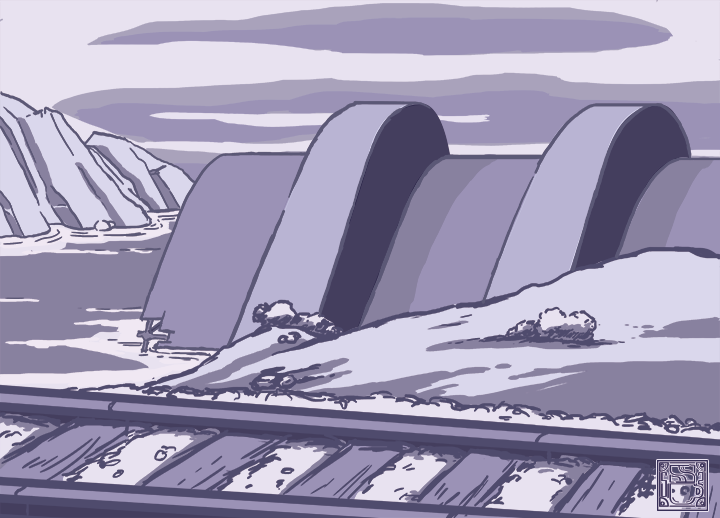Renamed the Work Projects Administration (or the WPA) in 1935, the Public Works Administration was initially created in June of 1933 in the National Industrial Recovery Act.
It was designed to fund massive public works projects and provide employment and economic stability. From 1933-1935, $3.3 billion (almost $60 billion today) and $6 billion (around $108 billion today) before it was eventually shut down in 1944. All the money was paid to private construction firms across the country.
The most common projects under the PWA was road construction, 11,428 roads, streets and highways were created because of the program, making up nearly 33% of all PWA projects. Thanks to the PWA, rural America benefitted from the expansion of the electrical grid and the construction of canals, bridges, tunnels, highways, sewage systems, hospitals, schools, and universities. The projects were so extensive that every year PWA work consumed about half of the concrete and a third of the steel in the entire country.
Some projects of note include the Lincoln Tunnel in New York City, the Overseas Highway connecting the Florida Keys to the mainland, Fort Peck Dam, Grand Coulee Dam, LaGuardia Airport, and Los Angeles Airport. Each project employed thousands of workers on each project, many of them are major feats of engineering and manpower even to this day.
In 1944, the PWA was shut down as the president refocused industrial efforts towards World War II production. Much of the administration’s functions had been transferred to the Federal Works Agency in June of 1943, essentially consolidating some of the many agencies that the government had created to manage the construction of public works.
The New Deal provided a lot of the major examples of great civil engineering in the 20th century, much of which was done out of necessity to help America recover from the worst financial crisis in its history. It connected much of rural America to the larger world by providing roads and electricity, and it helped reclaim and reforest land that had been affected by erosion and the Dust Bowl. As controversial as it may have been at the time, we now live in a country built in a large part on the foundation of Roosevelt and the Public Works Administration’s efforts and on the blood, sweat, and bitter work of hundreds of thousands of engineers and workers.

